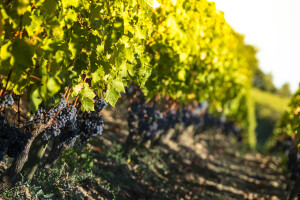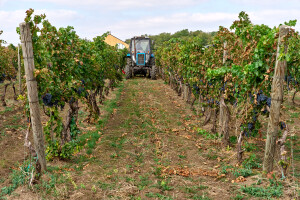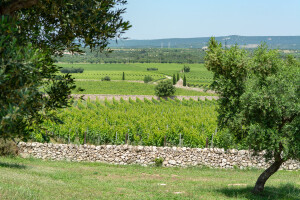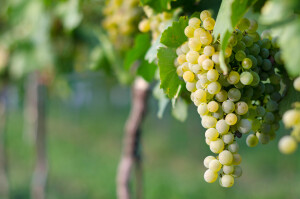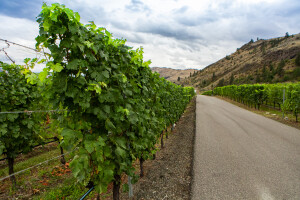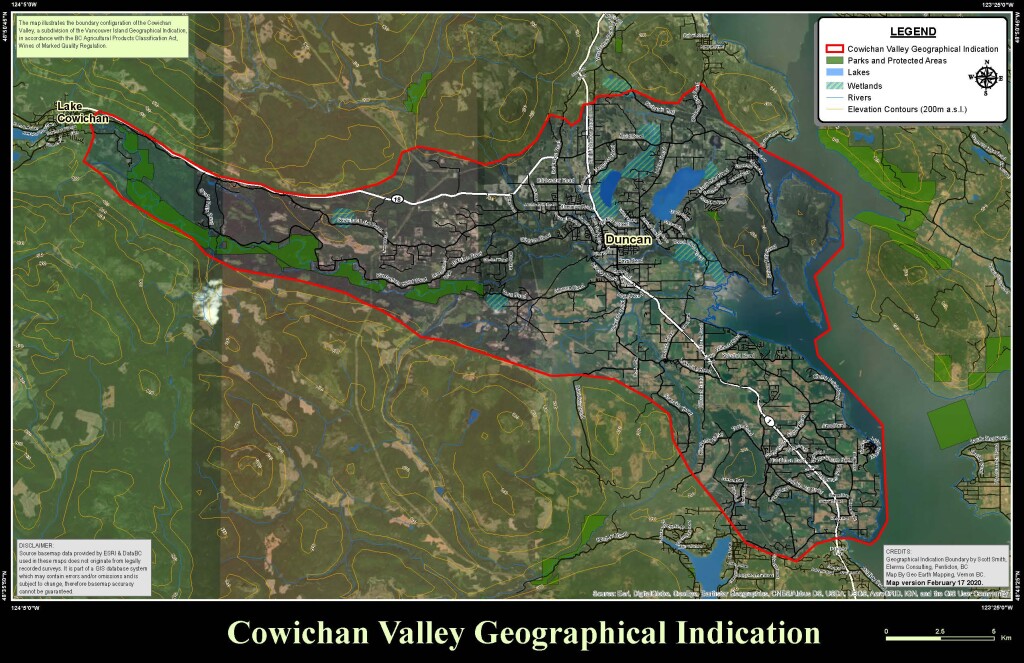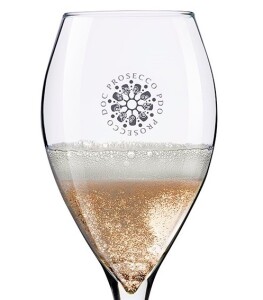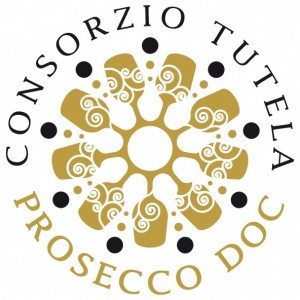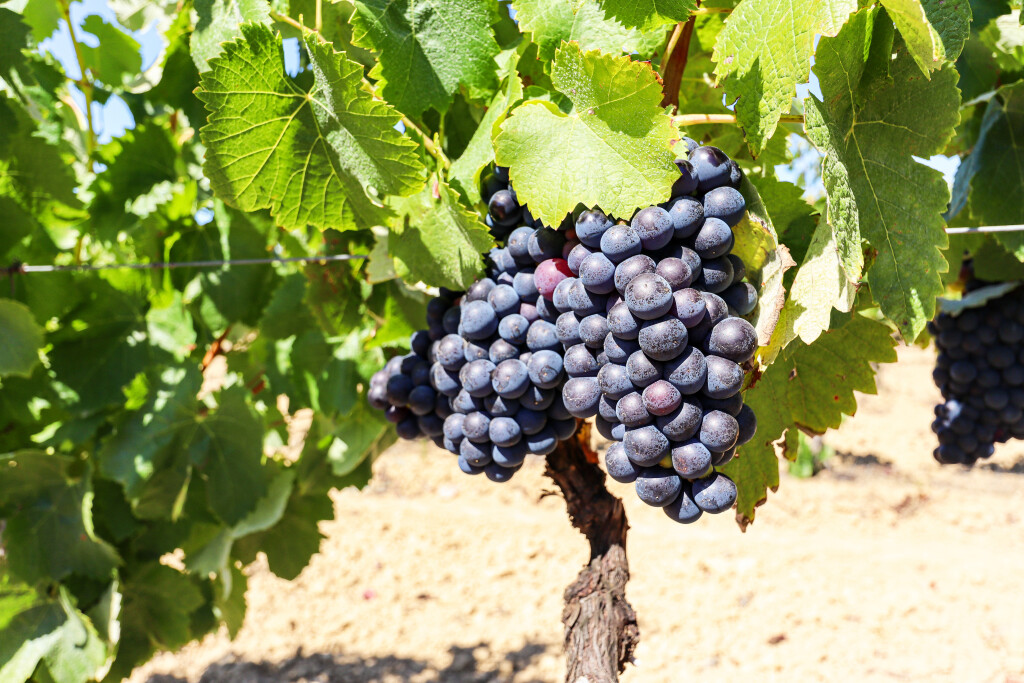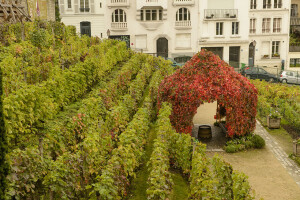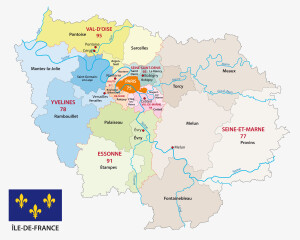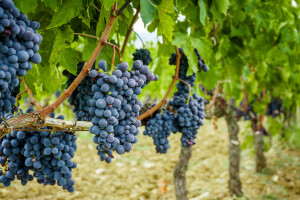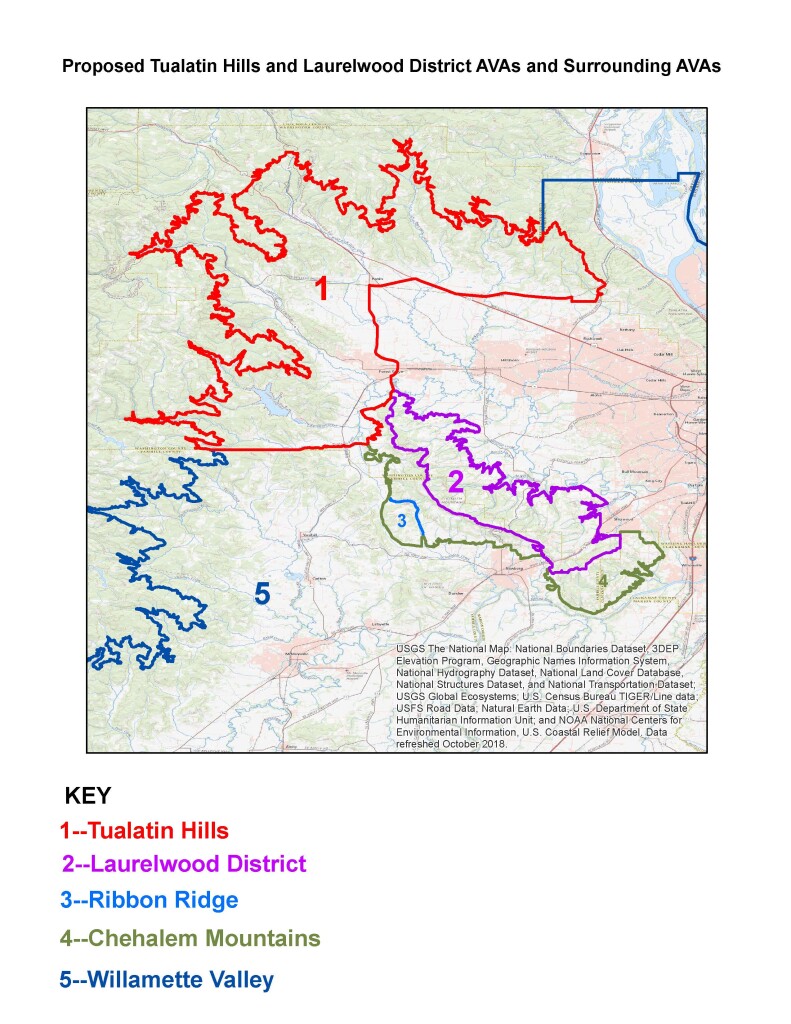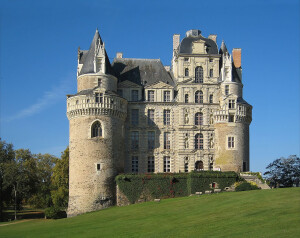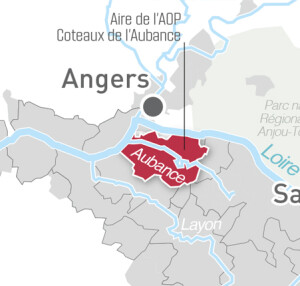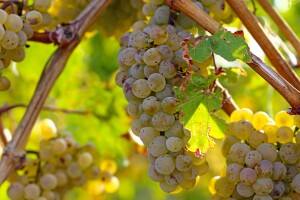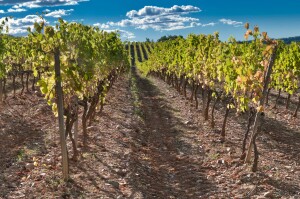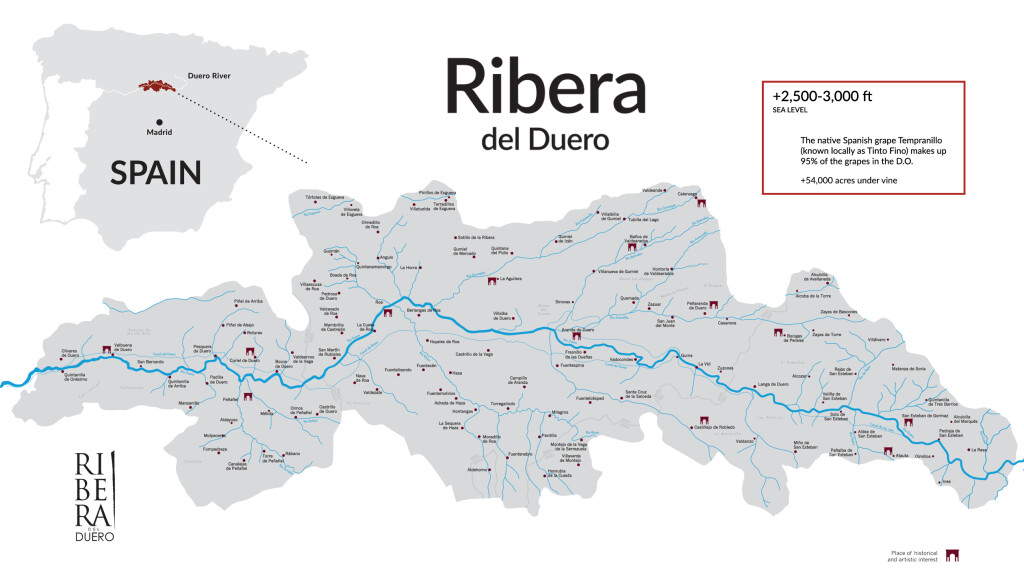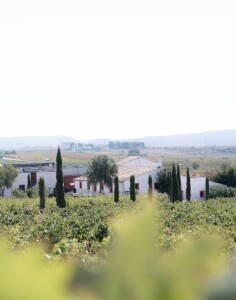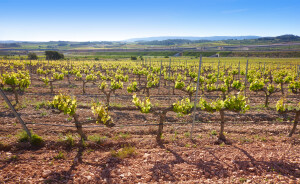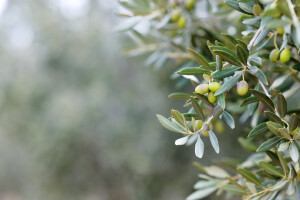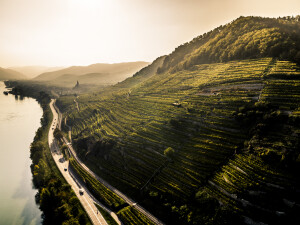A lot of us have observed that the TTB (Alcohol and Tobacco Trade and Tax Bureau of the US Federal Government) has been busy over the past few months approving and accepting applications for new American Viticultural Areas (AVAs). What might have skipped your radar, however, is that they are also hard at work reviewing and approving the list of grape varieties that are allowed for use on American wine labels as the identifier of a varietal wne.
The list of grapes currently allowed for use on American wine labels contains about 420 grape varieties, with about another 80 sitting at the stage of being “administratively approved” but not quite yet past the stage of “final rulemaking.”
For a grape variety to be approved for use on American wine labels, any “interested party” may submit an application to the TTB. The application (or subsequent documentation) must prove that the name is a valid and accepted identifier for the grape variety (as witnessed by publication in a scientific or professional journal or via a plant patent). In addition, it must prove that the grape is already in use, or has the possibility of use, for American winemaking. There are no limitations as to grape species (or hybrid status).
Over the past few months, the follow grape varieties have been added to the list of approved varieties for use on American wine labels:
Mourtaou: In June of 2020, the TTB approved the use of the name “Mourtaou” as a synonym for the previously approved Cabernet Pfeffer grape variety. The grape seems to be a long-lost Bordeaux variety, thought to be a natural cross of Cabernet Sauvignon and another grape—possibly Trousseau—and (perhaps) identical to Gros Verdot. However, according to another hypothesis, it was created by a California nurseryman by the name of William Pfeffer in the 1880s. (UC Davis touts the Bordeaux connection but does not agree that it is identical to Gros Verdot or that it is closely related to Cabernet Sauvignon.)
Mourtaou/Cabernet Pfeffer is known for producing red wines that are light-ish in color and flavor, but heavy on the tannin. As befits a grape named after the German word for “pepper,” the wines tend to be spicy and somewhat peppery. Mourtaou/Cabernet Pfeffer is exceedingly rare; educated estimates place the total plantings at around 14 acres in California (mostly in Cienega Valley, where the De Rose Winery occasionally makes a varietal version, as well as smatterings in Napa and Sonoma) and Arizona.
Treixadura: Also approved in June, Treixadura (known in Portugal as Trajadura) is a white variety best known for its use in and around Galicia and Northern Portugal. It is the main grape variety in the wines of the Ribeiro DO, but is often found (in small amounts) in the other wines of Galicia, including Rías Baixas DO. In Portugal, it is grown throughout the Minho and often found in Vinho Verde.
Treixadura is a vigorous grape known with a natural low acidity, making it a great candidate for blending. The grape’s primary aromas tend to be described in terms of fruit (apple, pear, peach, lemon). In California, Treixadura has appeared as a minor component (5%) in Ca’ del Solo Albariño and other white blends.
Poulsard: The Poulsard grape variety, approved in February 2020 for use in varietal wines produced in the US, is native to eastern France. Despite being planted to just over 300 hectares (750 acres) in France, it is one of the leading grape red grape varieties of the Jura. Poulsard produces small bunches of large red berries and is typically made into pale, delicate red wines that can nevertheless be highly perfumes and of excellent quality.
History tells us that Poulsard used to be widely planted throughout California’s Santa Cruz Mountains, but was devastated by the arrival of phylloxera. Poulsard appears to be thriving once again in California and with a bit of digging, fun examples can be found. For instance, Jolie-Laide Wines, located in Sonoma, produces a typical French-style red blend called “Trousseau Noir using Poulsard, Valdigué, and Gamay.
Savagnin/Savagnin Blanc: The Savagnin grape variety should be quite well known to wine lovers, and not just because it is so easy to confuse the name with the far-more-famous but unrelated Sauvignon Blanc grape. Savagnin Blanc is an ancient variety, and a bit of a genetic shape-shifter—akin in this regard to Pinot Noir, and most likely a close relation to Pinot as well. The Savagnin grape variety sits at the center of its own cluster of mutations that looks something like this (hang on to your hats, this is going to get confusing): Savagnin is most often referred to as Savagnin Blanc, which is also known as Traminer; the grey-skinned version (Avignon Rose) is also known as Roter Tramnier; and the grey-skinned musqué mutation is known as Gewurztraminer. There’s more, but you get the picture.
Savagnin (or Savagnin Blanc—according to the TTB, they are synonyms) was approved for use on American wine labels in February of 2020. Savagnin Blanc is grown in small amounts in Europe—sporadically spread across several countries including France, Italy, Austria, Switzerland, and Slovenia. New World locations include Canada, Australia, and now, it seems, we will start seeing it in the US!
References/for more information:
- Robinson, Jancis, Julia Harding, and José Vouillamoz: Wine Grapes. New York, 2012: Harper Collins Publishers
- Robinson, Jancis and Julia Harding: The Oxford Companion to Wine, 4th Edition. Oxford, 2015: The Oxford University Press.
- https://www.ttb.gov/wine/grape-variety-designations-on-american-wine-labels
- UC Davis Grape Registry entry for Mourtaou https://fps.ucdavis.edu/fgrdetails.cfm?varietyid=3478
- UC Davis Grape Registry entry for Treixadura https://fps.ucdavis.edu/fgrdetails.cfm?varietyid=1550
- UC Davis Grape Registry entry for Savagnin https://fps.ucdavis.edu/fgrdetails.cfm?varietyid=3038
- Announcement re: Mourtaou and Treixadura: https://www.ttb.gov/images/newsletters/archives/2020/ttb-newsletter06192020.html
- Announcement re: Poulsard and Savagnin: https://www.ttb.gov/images/newsletters/archives/2020/ttb-newsletter02212020.html
Post authored by Jane A. Nickles…your blog administrator: jnickles@societyofwineeducators.org
